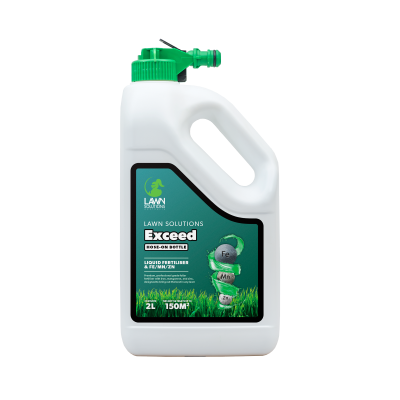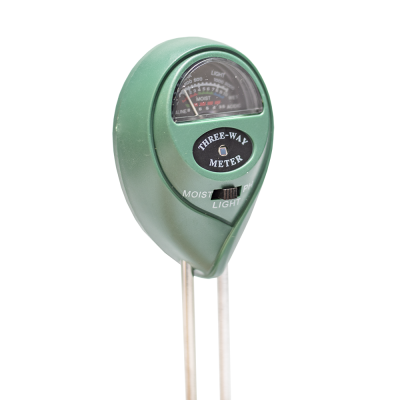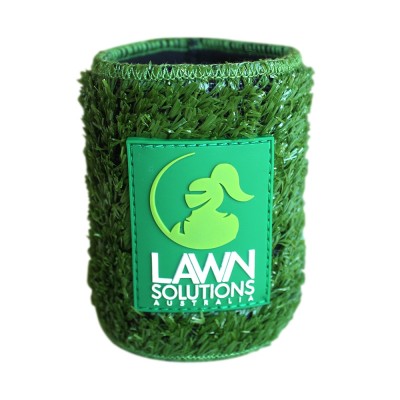If you are wanting the most effective but simple ways to help keep your lawn looking great, then you have come to the right place. In this blog, we share three simple tips to help you get the most out of your lawn.
So, let’s get into it.
Mowing Regularly
Ensuring you are mowing your lawn regularly will bring many benefits to your lawn, including making each time you mow an easier task!
Mowing regularly will help improve the health of your lawn. When too much of the grasses leaf is removed at one time, the grass will go under stress as it needs to replace the nutrients lost when mown. In addition, when your grass is mown irregularly, it will become more susceptible to weeds compared to a healthy turf that is mown regularly. Another benefit is that it will help stop you from scalping, which can affect the appearance of your turf.
From this, you may be wondering, how frequently do I need to mow? The answer to this question will depend on how fast your lawn is growing. When mowing, we recommend only removing one-third of the leaf blade with each pass. So, if you are in a warmer climate like Queensland, you will need to mow more frequently than someone on a cooler climate like Victoria. The time of year will also be another factor in how often you will need to mow. In summer, the grass will grow faster and slower in winter.

Fertilising Your Lawn
Fertilisers contain a mix of nutrients that your grass needs to stay healthy and perform well. Our soil can contain some of these nutrients, however sometimes our soils can be poor or not contain all the nutrients that your lawn needs. This is where a fertiliser can come in handy.
Fertilisers will usually contain a ratio of NPK.
N – Nitrogen
P – Phosphorus
K – Potassium
These nutrients are the 3 main nutrients that a lawn fertiliser will contain, as well as other trace elements. These trace elements can include Calcium, Iron, Manganese, Zinc, and Fulvic Acid just to name a few.
By applying a granular fertiliser 2-3 times a year, or a liquid fertiliser at regular intervals throughout the year, your lawn will have all the nutrients it needs to perform to a high standard.
When it comes to using a granular fertiliser, we recommend using our Lawn Solutions Premium Fertiliser.
When looking at liquid fertilisers, we recommend Exceed Liquid Fertiliser.
Watering Your Lawn
Water is another essential component of your grasses health. Your lawn will absorb water through its roots, and then it is transported throughout the plant. Water is also required for your lawn to photosynthesise, which is an essential function.

So, how much water should you be providing your turf?
For a well-established, healthy turf, the answer is when your grass needs it. You can tell your lawn needs water by the following factors.
- Leaf wilting or losing colour
- If a footprint is left behind on the turf after walking on it
- If the grass looks dry and crusty during hot weather.
When you are trying to repair areas of your lawn, increasing watering’s will help the area thicken out and recover.
When you are watering your lawn, we have a few tips to ensure you will use your water more effectively, plus see the most benefit for your grass.
- Water less frequently for longer. By watering this way, you will help ensure the water is reaching the roots of your lawn. This will encourage your lawn to grow its roots deeply into the soil.
- Water in the mornings. It is best to water in the mornings before the heat of the day to avoid evaporation. It is best to avoid watering in the afternoon/night as your lawn will sit damp for longer, which can lead to fungal diseases.
- Use a sprinkler that covers your area evenly.
Hopefully with these tips, you will be well on your way to achieving a better lawn! For more lawn care tips and advice, make sure you check out our other lawn care blogs here.


